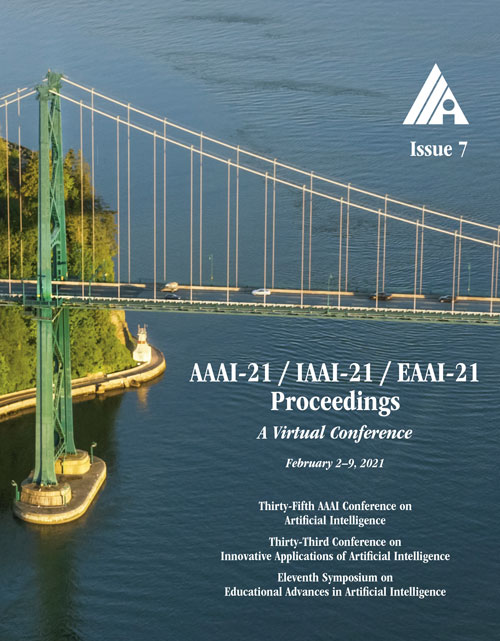Classification Under Human Assistance
DOI:
https://doi.org/10.1609/aaai.v35i7.16738Keywords:
Human-in-the-loop Machine LearningAbstract
Most supervised learning models are trained for full automation. However, their predictions are sometimes worse than those by human experts on some specific instances. Motivated by this empirical observation, our goal is to design classifiers that are optimized to operate under different automation levels. More specifically, we focus on convex margin-based classifiers and first show that the problem is NP-hard. Then, we further show that, for support vector machines, the corresponding objective function can be expressed as the difference of two functions f = g - c, where g is monotone, non-negative and gamma-weakly submodular, and c is non-negative and modular. This representation allows a recently introduced deterministic greedy algorithm, as well as a more efficient randomized variant of the algorithm, to enjoy approximation guarantees at solving the problem. Experiments on synthetic and real-world data from several applications in medical diagnosis illustrate our theoretical findings and demonstrate that, under human assistance, supervised learning models trained to operate under different automation levels can outperform those trained for full automation as well as humans operating alone.Downloads
Published
2021-05-18
How to Cite
De, A., Okati, N., Zarezade, A., & Gomez Rodriguez, M. (2021). Classification Under Human Assistance. Proceedings of the AAAI Conference on Artificial Intelligence, 35(7), 5905-5913. https://doi.org/10.1609/aaai.v35i7.16738
Issue
Section
AAAI Technical Track on Humans and AI

